Hebrew is Greek
The true Judeans were never the Jews, but were the Greeks.
Maccabeans were jewish Greeks that slaughtered the Greeks Judeans.
Just like the persians / turks / jews invaded Greece and the lands they once owned.
Palestine was always Greek, never arab/jewish.
Mesopotamia is a greek word.
Synagogue is a greek word. etc.
The oldest scriptures in the bible come from the Greeks.
Judea is a Greek word.
Palestine is a Greek word.
Forbidden History
Cycladic / Helladic / Thracians / Mycenaeans / Minoans etc. / Ancient Greeks are the original Semites that roamed the lands way before they invented the word Hebrew, israelite, or Jew.
There is a good reason why the Middle-East was called Mesopotamia (a greek word) in ancient times, way before Judah etc. ever existed.
Biblical tribes Asher, Issachar, Zebulun, Dan, Naphtal, Thessalonians, Ephraim and Manasseh… were Aegean Greek tribes
Here are some of the known ancient Greek cities in, or near, today’s Israel;
Ecdippa, Seleucia, Ptolemais, Taricheia Arbela, Asochis, Sepphoris, Hippos, Dion, Sycaminum, Bucolon Polis, Itabyrium, Gadara, Abila, Dora, Comus, Gephrus, Crocodilion Polis, Caesarea, Straton’s Tower, Narbata, Scythopolis, Pella, Samaria, Amathus, Ragaba, Gerasa, Apollonia, Sicima, Pegae, Joppa, Arimathea, Jamnia, Port of Jamnia, Lydda, Modiin, Aphaerema, Philadelphia, Birtha, Gazara, Beth Horon, Dok, Jericho, Samaga, Esbus, Medaba, Ladder of Tyre, Azotus, Port of Azotus, Accaron, Jerusalem, Ascalon, Anthedon, Gaza, Marissa, Beth Zur, Hebron, Adora, and Engeddi.
Nothing new for the Turks/Jews to steal and use other peoples ideas and identities…then calling it their own, while destroying true history and rewriting the history books.
Oldest Pyramid is in Greece… not Egypt.
All our true history has been twisted by the Khazarian Mafia.
There is NO such land called the “Holy Land”.
Long long time ago, before they were called Jews, it was called Palestina’ (Greek word) and it was the Greeks who resided there.
As they also resided in Judaea (Greek word) and they were referred as Judean-Greeks!
Evidence of Hannukah Story Found in Raised Hellenistic Fortress
Paleo-Hebrew is Paleo-Greek: Part 1: The Alphabet 1st Edition
by Travis Wayne Goodsell (Author, Translator)
ISBN-13: 978-1539739944 ISBN-10: 1539739945
HEBREW is GREEK says Liguist Hebrew Professor, Yahuda.
Yahuda has scientifically proven that both Hebrew and Aramaic are Greek in their origin, as is true with the other languages of the world.
The book disappeared from the face of the earth. It was as if an invisible hand intervened and blocked its circulation In 1982, a suppressed, ages-old, historical truth, was resurrected through the publication of a book by Becket Publications of Oxford, England (ISBN O 7289 0013 O).
The book, published in English, and titled ‘Hebrew is Greek’, was written by lawyer, linguist and researcher, Joseph Yahuda, the son of Isaac Benjamin Ezekiel Yahuda, an ethnic Jew and longtime researcher and linguist. Though Jewish both by nationality and religion, J. Yahuda could be considered a Greek– according to Isocrates’ definition of a Hellene, since his decades-long, unbiased, and meticulously thorough search reveals the linguistic relationship of numerous groups of words in Hebrew, Greek and Arabic. Work that was published without fear or hesitation by a scholar whose only concern was for the discovery of the truth.
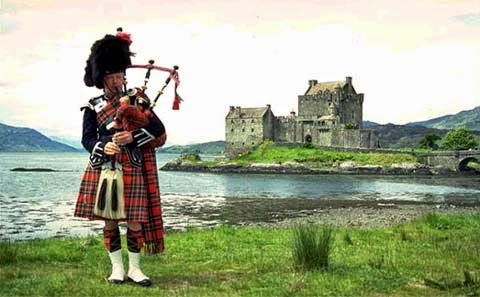
Hebrew is Greek, preface says: ‘We found that the Jews and Spartans from the same genus come from and the affinity to Abraham‘. Preface by S. Levin who said: “It was J. Yahuda’s congeniality and my inherent curiosity that did not allow me to refuse the writing of the introduction”
Following the book’s publication, and while only a limited number of copies circulated for a few fortunate individuals, the book disappeared from the face of the earth. It was as if an invisible hand intervened and blocked its circulation. It cannot be found at any public library, it is not sold at any bookstore on earth, not even in a curiosity or antique shop. [Rare book dealers, in the U.S. and the U.K., have told TGR that there have been inquiries after the book, but that they have been unable to locate a copy anywhere. The only information available about the book throughout the world is its title. No book reviews on this book were ever published, neither positive nor negative, moderate or offensive. Nor, it seems, has there been any other evaluation of the work. One must eventually come to the inescapable conclusion that every one of the copies originally published was somehow withdrawn through some sort of a secret operation with a global reach.
Concerns posed by another Jewish intellectual who wrote the preface of the book
The research published in the book covers 718 pages. The introduction was written by Jewish professor Saul Levin, though no enthusiasm on his part was evident in his introduction. He admits that following the 1977 publication of his book entitled, The Indo-European and Semitic Languages, J. Yahuda got in touch with him, and they maintained a fruitful relationship through correspondence, though they never actually met in person. The reason for the interest in J. Yahuda expressed by S. Levin, as he himself confessed, was the publication of several writings by J. Yahuda, such as the La Palestine Revisite, written in 1928, Law and Life According to Hebrew Thought (1932) and This Democracy (n.d.), published by Pitman. Professor Levin learned of the contents of the book [from the proofs which were sent to him from time to time] for which he wrote the introduction gradually, as it had already been sent to the printer. As Professor Levin disclosed: “It was J. Yahuda’s congeniality and my inherent curiosity that did not allow me to refuse the writing of the introduction.” [For a better understanding as to why Professor Levin was not enthusiastic about writing the introduction, consider the fact that] the black Jew, Martin Bernal, has stated: “Saul Levin was among the many Jewish individuals who worked on the publication of [my] book, Black Athena.” A book which has been deemed to be a disgrace and a discredit to serious scholarship by the vast majority of specialists who have read it.
Joseph Yahuda speaks about his work
In the preface of his book, J. Yahuda notes:
This ecumenical research will be reviewed by three separate specialists, one for each language researched, although each specialist does have knowledge of the other two languages. This is not an error committed only by me. I attempted repeatedly, yet unsuccessfully, to find more scholars who would be willing to assist me in my quests. As an example of what I was up against, at the very beginning of an hours-long meeting, one potential colleague exclaimed: “All of this is garbage and we are all wasting our time.” My answer was: “Both you, and I, will be judged for the words we say, whenever we discuss my work.” I hold no hostility or bitterness because of such small-minded opposition to my belief. In fact, during the progress of my research, I twice attempted to arouse [this man’s] interest, but in vain. A little while after the meeting referred to above, I mentioned his degrading comment to Christodoulos Hourmouzios, a graduate of the University of Athens, and an acknowledged specialist on Homer, and he said: ‘ I think you are one of the greatest linguists I know’; he promised complete cooperation with me. Unfortunately, before we could begin our work, he passed away.
“There were others who admitted that they had been convinced; that something did really exist in my theory. However, they did think that my belief in the correspondence of Hebrew with Greek was rather exaggerated. They said I was too ambitious, and suggested, for my own good, that I expect less and adopt a ‘less controversial view.’ One of them, Sir Leon Simon (A British Lord of Jewish descent), a known classicist who knew Hebrew, attended my first lecture on the issue on the evening of Jan. 14th, 1959. He did this even though he was old and had to travel a long distance in bad weather and heavy fog. He introduced me, briefly and carefully, not wanting to commit himself to any decision until the end of my speech. Then, before the audience was asked to pose questions, he said the following, which I noted: ‘I don’t believe that everyone will agree with everything J. Yahuda has told us, as he may have thought that everyone understood what he was saying. Despite any doubts that may exist, I am sure of one thing. He has resolved a mystery that had created confusion for scholars for the past 2.000 years. For, if he is correct in stating that many Greek words that begin with sk were transformed in Hebrew as if sk was a digraph [a combination of two letters to make one simple sound. ed.], or one of the two letters lost, then Homer was not wrong when he left the vrachi [ abbreviated ] vowel at the beginning of the word Skamandros, as in his famous line: ‘Ον Ξανθόν καλεουσι θεοί, άνδρες δε Σκάμανδρον’. [The Gods called Xanthos, mortal men Skamandros]. I also had a fruitful interview with a scholar of international fame, which was then followed by a series of exchanges of correspondence. This correspondence ceased after he sent me a note, wherein he wrote: ‘It could also be possible that you would say that the English word ball comes from the Greek βάλλω, or that you discover a connection between chow and show since chows are exhibited at shows.
“The result was that I was obliged to fall back on my own sources, and to depend only on my own efforts, thus devoting my free time to this research for the past 30 years or more. Two things kept me going: the unfailing support of my wife, Cecile, and the unprecedented emotions we felt with every new discovery. When my wife was asked by a friend how she was sure of my work, since she knew neither Greek nor Hebrew, she answered: ‘But, I know my husband. He hates speculating, he always insists on finding proof. As a lawyer, he is able to evaluate this proof. He tells me that he has plenty of proof that is convincing, and I believe him.’ There is truly a plethora of ‘proof that is convincing’ which I have attempted to make available, not only to those technically specialized, but also to interested, non-specialist researchers.”
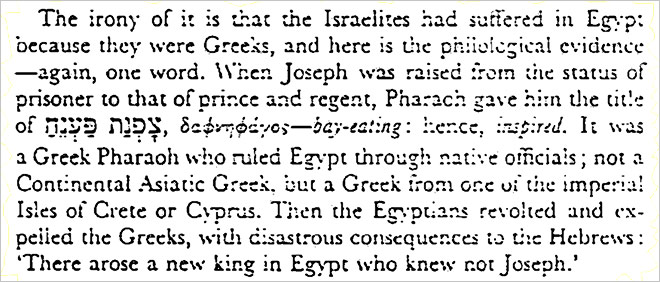
Hebrew is Greek by J. Yahuda: Israelites had suffered in Egypt because they were Greeks…
Yahuda realizes the significance of Greek Civilization
“I was somewhat familiar with the Bible, as stated above. My brother, Solomon, and I learned the New Testament in Hebrew translation from a copy that my father had, as part of his personal library. For years, the distant Biblical past was alive in my mind: I lived with the vision of the pyramids to such an extent, and my passion for the Bible was so great, that I developed hostile feelings for the Greeks and Romans. Strangely, this hostility did not involve the Egyptians, who were our enemies, had been the enemies of our forefathers and had so deeply influenced post-Biblical Hebrew. Neither had I been able to learn more than the necessary Latin needed for my law education and practice. However, my feelings for the Greeks and Romans have changed radically since then. Now I realize that our differences were similar to those of a civil war, as fratricidal as the taking of Troy had been, for I became convinced that the Jews are of Greek descent. This revolutionary transformation took place around the time I was thirty years old, following the publishing of my book Law and Life according to Hebrew Thought.
That year (1932), I became interested in biology as a ‘hobby’. During my haphazard study of the issue, I came across various Greek words that were strikingly similar to the Hebrew words of the Bible, and I drew the conclusion that the Greeks had borrowed them from us. I began debating the idea of whether or not I should one day begin a systematic comparison of the two languages. At that time, I was still fascinated with the more traditional studies, and, like everyone else, I believed without a doubt that the Semitic languages were Semitic and the Aryan languages were Aryan. These two could not be mixed. At the same time, though, I was thinking that it would be interesting to collect and deconstruct a complete list of groups of similar words so as to demonstrate the degree of influence of Hebrew on Greek at the time before Alexander the Great (considering that the reverse influence became stronger following his conquests). I knew very little of where this research would lead me and what the results would show.
“I had such little knowledge of Greek that all I knew were the first letters of the alphabet, knowledge that I had acquired by chance during my studies of mathematics and geometry. I remember asking my friend Gerald Emanuel, in a teashop in 1932, to write the whole Greek alphabet on the bottom of a half-written page. The years passed, but when I published my book Biology and New Medicine in 1951, I then had the opportunity to spend all of my free time on researching those possible links that I suspected existed between Biblical Hebrew and Greek. Following the acquisition of some rudimentary knowledge of Greek grammar, I submerged into the translation of the Septuagint, solely based on my memory of the meaning of the numerous pages that I had chosen to read. Then I read Homer, comparing him to the Bible. One page from the translation of the Iliad, one page from the Old Testament, line for line, page by page; I started with Genesis and the first book of the Iliad, along with the last book of the Odyssey and the 2nd book of ‘Chronicles.’ Day after day, the list of similar words grew longer, until it reached 600 words — including words related to different views and activities of life — which could not be attributed only to the borrowing factor. In any case, history has not witnessed circumstances where such elaborate borrowing would be possible on such a large scale. I was convinced that this phenomenon went past the limits of borrowing, reaching the limits of a genetic relationship. The door of genealogical descent stood before me and I could not attempt to pass through it or climb above it. It should open freely and widely and the key to this was the grammar. The only grammatical characteristics that I knew of that were common to both Greek and Hebrew, concerned the definite article and the dual number nouns [count nouns]. I stopped reading and began thinking and re-thinking the results of my non-processed research. I used the materials I had: analyzing, classifying, comparing these with the Biblical variations and the dialectic interchanges of the Greek letters, selecting specific words to be compared. Thus, my theory began to develop. Some of the Greek dialectic letters could be used interchangeably, such as the letters ‘k’ and ‘t’, ‘o’ and ‘a’, ‘s’ and ‘d.’ I also noted a curious transformation with Hebrew words: a suffix to a Greek word changed to a prefix in a Hebrew word. Early on during my research, I tested the exactness of the words and verified their meanings. As the number of tests increased, the more effective my research became, and the confidence in my theory rose.
“From the beginning, I based a lot of my work on Arabic. With my theory, it became possible for me to correct the translation of the Septuagint, using the Septuagint and the translation of the Bible, using the Bible. These discoveries cured me of my dyslexia in relationship to Greek and Hebrew and made me capable of reading a Hebrew word as if it had been a variation of the word. I formed a series of phonetic and morphology rules. I gradually gathered a number of valuable facts. Some examples are that the declension dotiki [dative] exists in Hebrew, that the masculine plural is the same in Hebrew and Greek, and that, in general, a compound Greek verb is equivalent to a Hebrew compound verb. I estimate that 9 out of each 10 words of the [Jewish] Bible can be proved to have a purely Greek equivalent. Many issues were resolved which prove that the Greeks and Jews hold some customs and religious convictions in common, whereas the Hebrew language is proven to be richer and more beautiful than believed until today because of the existence of these groups of words. This whole matter is, in practice, consistent with the following two proposals: Biblical Hebrew is Greek; and, the Jews are Asian Greeks. In reality, the conclusion of this massive, extended and complicated research can be summarized in the following brief sentence: Hebrew is ‘Greek wearing a mask.'”
An example for the rest of his co-religionists
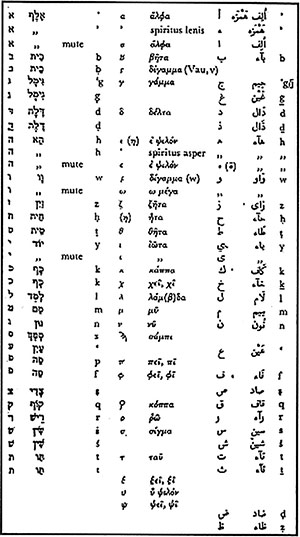
Hebrew letters, along with their pronunciation in Hebrew appear on the left, the equivalent Greek letters and their pronunciation in the middle, and the Arabic letters and pronunciation on the right
As already stated, the research of J. Yahuda restores part of a universal truth that has fallen into oblivion for millennia. Not only is the Hebrew language “Greek wearing a mask” (in other words, a distorted version of Greek), but, as we have announced at international conventions, there is no other language on the face of the earth except Greek. A few years ago, we made this statement at a convention of the Literary Society Parnassos, titled: “The Ecumenical Character of the Greek Language,” where we used texts and images to prove this statement. All other languages are just descendants or distorted dialects of Greek, adopted by the peoples.
Finally, we present one of the tables compiled by the undaunted scholar, J. Yahuda, where Hebrew letters, along with their pronunciation in Hebrew appear on the left, the equivalent Greek letters and their pronunciation in the middle, and the Arabic letters and pronunciation on the right. In the preface, just above the table shown below, Yahuda’s first theorem is written, to wit: “The Greek and Hebrew alphabets demonstrate striking similarity insofar as the order of the letters is concerned, their names, their shapes and their pronunciation.”
We cannot omit to express our admiration for this great man, who, defying the forces of darkness and medieval ignorance, proved to be an unbiased scholar, unburdened by preconceived dogma and purposeful deception. A man who broke the bonds of mischievous misinformation so prevalent in [the past] century, and dared to defy traditional nationalistic and racist fanaticism while declaring a revolution against the international forces of power. He has achieved the level of a true Hellene. After discovering the truth, he struggled to make it known, he revealed it and he published it without fear. His acts were acts of patriotism, since he has raised his compatriots to a level approaching the Greeks. He called them “Asian Greeks.” His life and work truly pronounce him to be of equal value to a Greek, in contrast with those of his compatriots who have denounced him and his book. Is it because they are afraid or is it because they are unable to follow in his footsteps?
In Conclusion
Yahuda has scientifically proven that both Hebrew and Arabic are Greek in their origin, as is true with the other languages of the world. It is to be regretted that the speakers of this distorted Greek dialect do not take advantage of this, so as to elevate themselves to free and Christ-loving Greeks, as their compatriot Yahuda has done. Many of them prefer to live in the dark; It is a fact to be pitied that some are fanatics who hate everything Greek, especially her history and her language. In the past, many such men appeared in the Roman State as politicians, academics or administrators in the public sector, and fought against everything that was Greek. Nowadays, such men cooperate with the global powers that are propelling the world toward destruction. A destruction that can only be avoided by a rebirth of the only salvation for humanity: Greek Civilization!
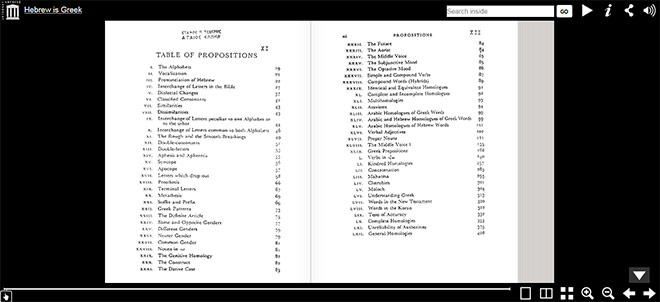
View and read all the 710 pages of the book here…
Source: This article was written by Attorney, linguist, and researcher, Konstantinos G. Georganas, for Davlos. Feb. 1999 issue, pp.12931-12937.
700,000 years old Skull discovered in Greek cave, completely shatters the Out of Africa theory
700,000 years old Skull discovered in Greek cave, completely shatters the Out of Africa theory
The “Petralona man”, or “Archanthropus of Petralona”, is a 700,000-year-old human skulldiscovered in 1959. Since then, scientists have been trying to trace this skull’s origin, a process that has caused considerable controversy.
The skull, indicating the oldest human “europeoid” (presenting European traits), was embedded in a cave’s wall in Petralona, near Chalkidiki in Northern Greece. The cave, rich in stalactites and stalagmites, was accidentally located by a shepherd. Dr. Aris Poulianos, an expert anthropologist, member of the UNESCO’s International Union of Anthropological and Ethnological Sciences and founder of the Anthropological Association of Greece, was assigned a research on the cave and skull.
Before that, Dr. Poulianos was already known for his thesis on “The origin of the Greeks”. His thesis was based on craniological and anthropometrical studies of Modern Greek populations, which proved that modern Greeks are related to ancient Greeks and that they are not the descendants of Slavic nations. After the extensive study on the 700,000-year-old skull, he concluded that the “Petralona man” was not connected to the species that came out of Africa. His arguments were mainly based on the skull’s almost perfect orthography, the shape of its dental arch, and the occipital bone construction. According to the “Out of Africa” theory, “anatomically modern humans” known as “Homo sapiens” originated in Africa between 200,000 and 100,000 years ago before spreading to the rest of the world. This theory was related to the fact that most prehistoric fossils were found in Africa.
In 1964, two German researchers, anthropologist E. Breitinger and paleontologist O. Sickenberg, who were invited to Greece, suggested that the skull was actually 50,000 years old, thus rejecting Dr. Poulianos’ theory. Moreover, Breitinger claimed that the skull belonged to the “first African out of Africa”. A few years later, in 1971, US Archaeology magazine confirmed Poulianos’ statement. According to the scientific magazine, the existence of a cave dating back more than 700,000 years and human presence in almost every geological layer were ascertained. Additionally, the magazine affirmed that human presence became evident from the discovery of Paleolithic tools of the same age and the most ancient traces of fire that was ever lit by human hand. The research continued from 1975 to 1983, when the excavation stopped and findings remained inaccessible to study until 1997.
Today, 50 years after the discovery of the “Petralona man”, modern methods of absolute chronology confirm Dr. Poulianos’ theory. Most academics believe that the skull belongs to an archaic hominid with strong European traits and characteristics of Homo erectus, Neanderthals and sapiens, but they distinguish it from all these species. This incredible discovery raises new questions on human evolution, and certainly challenges the “Out of Africa” theory.
Source: www.learning-mind.com
References
——
Ancient Greeks were in contact with Africans, in ancient times.The Aricans were known as to them as ΑΙΘΙΟΠΕΣ Ethiopians. The word Ethiopians comes from the Greek Aithiopia, from Aithiops, derived from the words αἴθω(burn) and ὤψ(face). It translates as (sun)burnt look.
Minoan colonies in America?
Minoans and Mycenaeans on the Atlantic coast
The “suspect” mines
Minoan sea cruises in the sea of Kronos (North Atlantic)
Plutarch on Canada
So What..
Traces and intrigues in the New World
Self proclaimed Archaeologists – Messiahs
Indians with Cretan DNA
Should we rewrite the books?
Related:
Prehistoric connections Crete / Norway . English version
http://araenil.wordpress.com/2011/06/26/evidence-of-prehistoric-connections-crete-norway/
Cherokees Spoke Greek and Came from East Mediterranean – See more at:http://dnaconsultants.com/announcements/cherokees-spoke-greek-and-came-from-east-mediterranean#sthash.65D24aXH.dpuf
 RSS Feed
RSS Feed

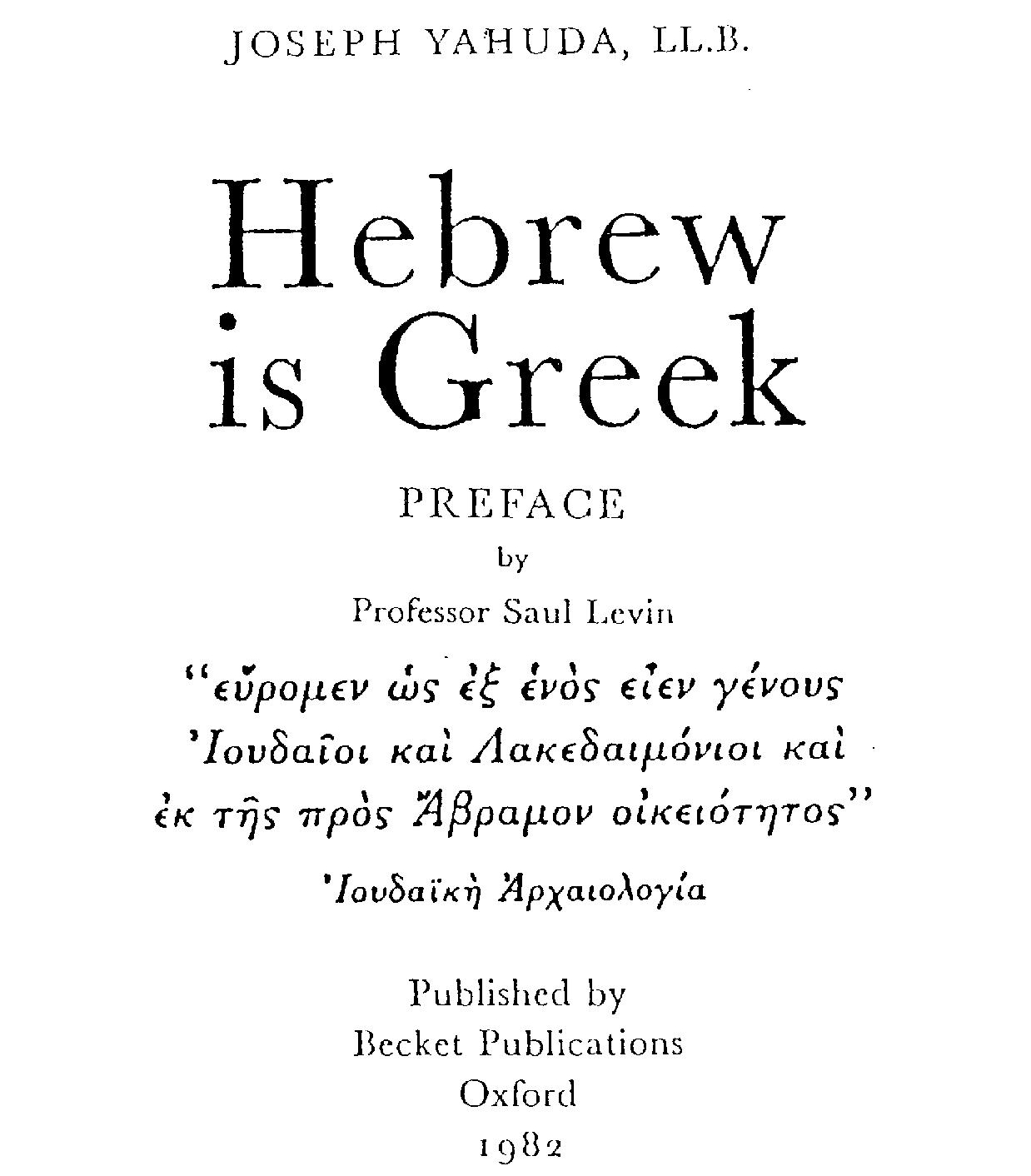



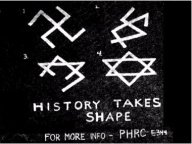


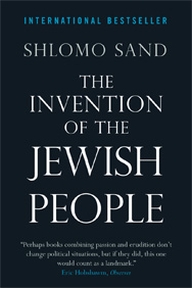




 July 28th, 2020
July 28th, 2020  Awake Goy
Awake Goy 




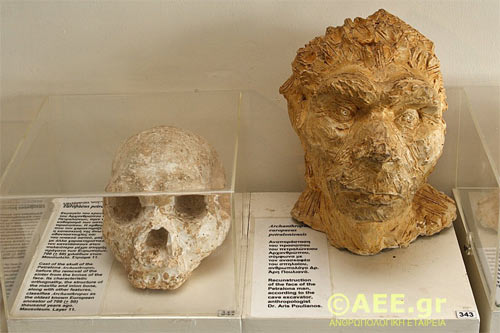

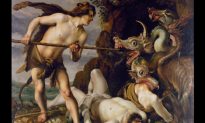


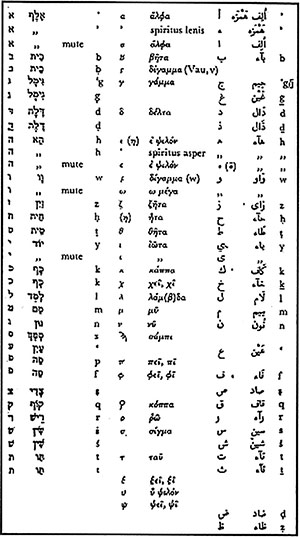





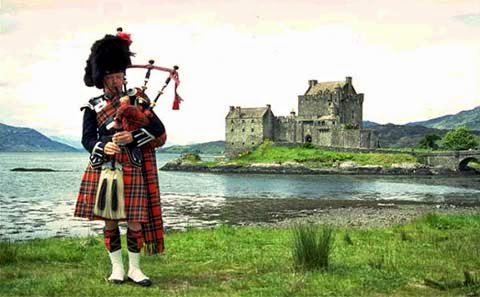



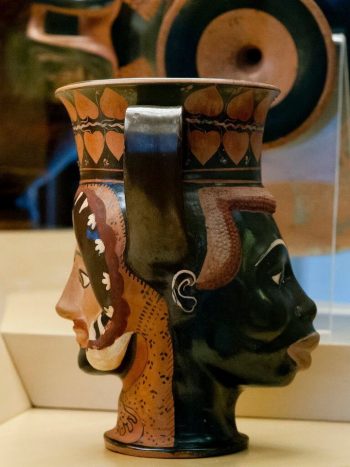



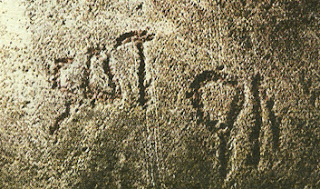



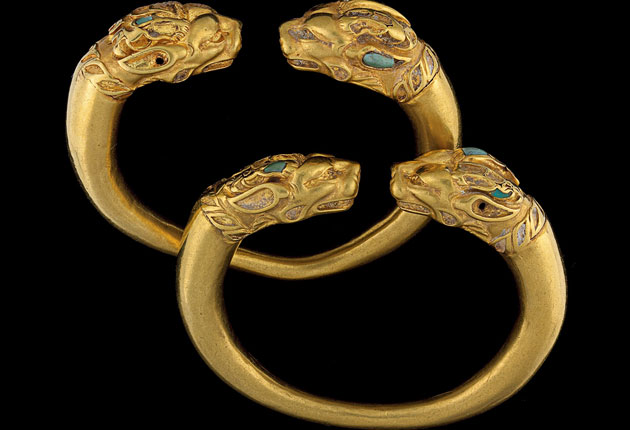
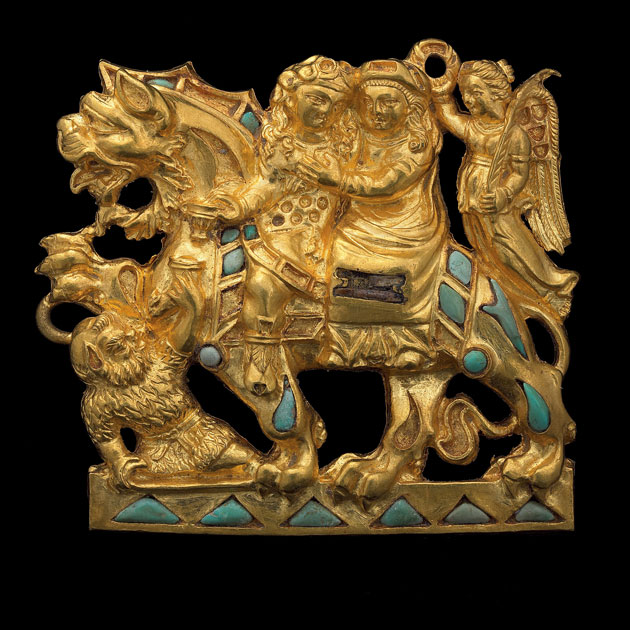



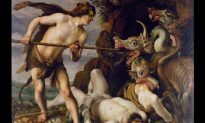

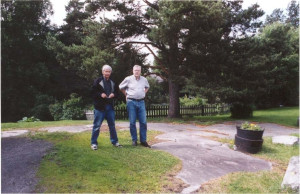


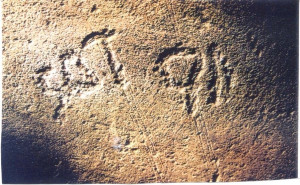


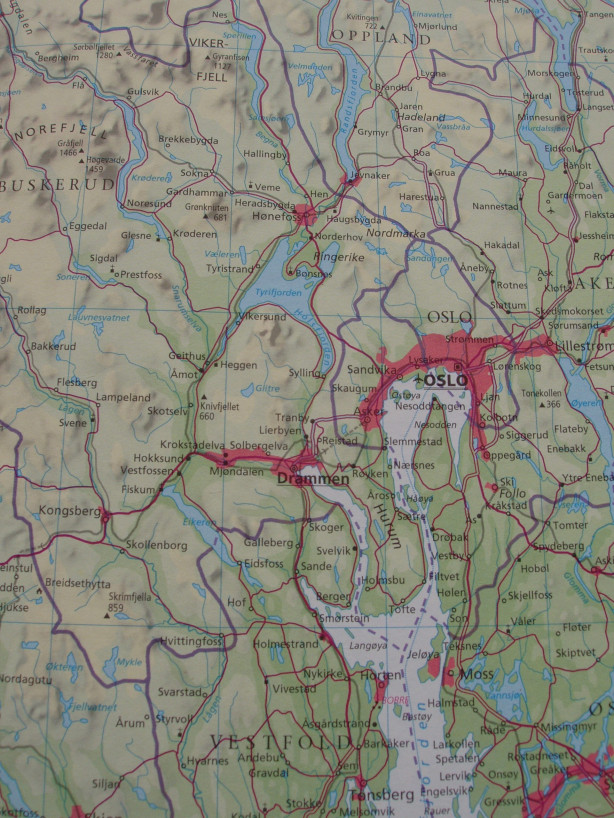
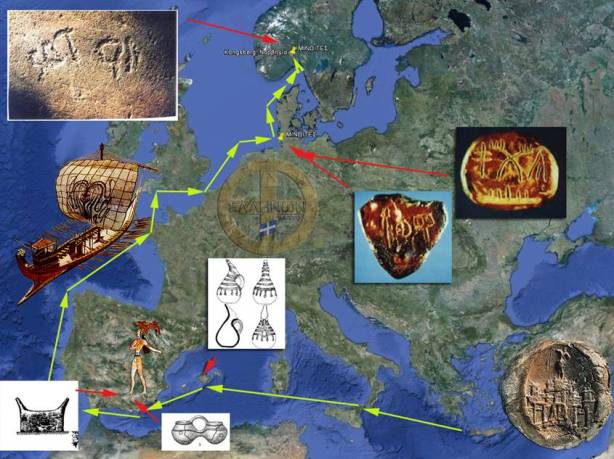



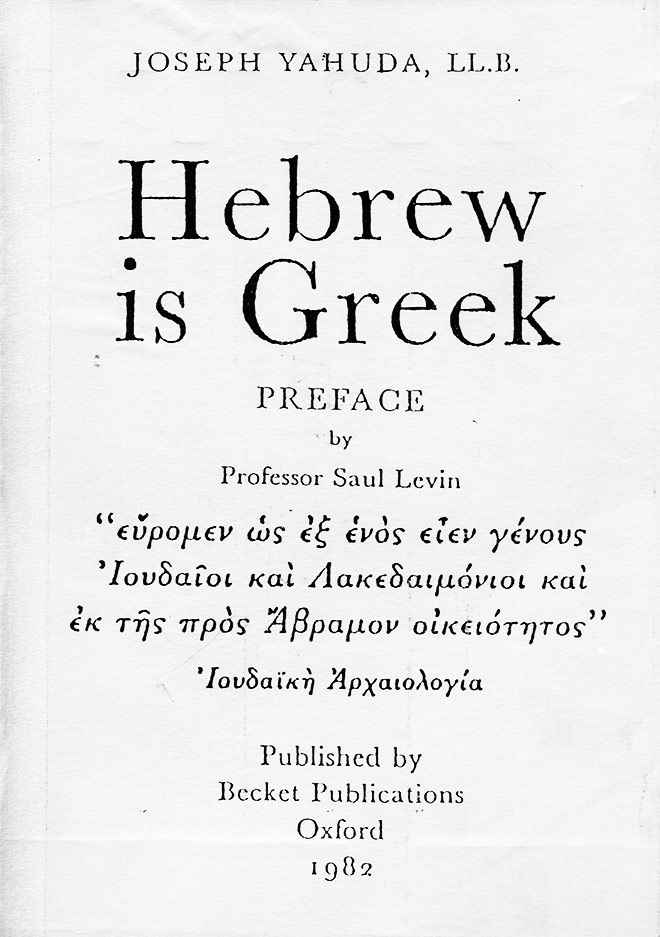

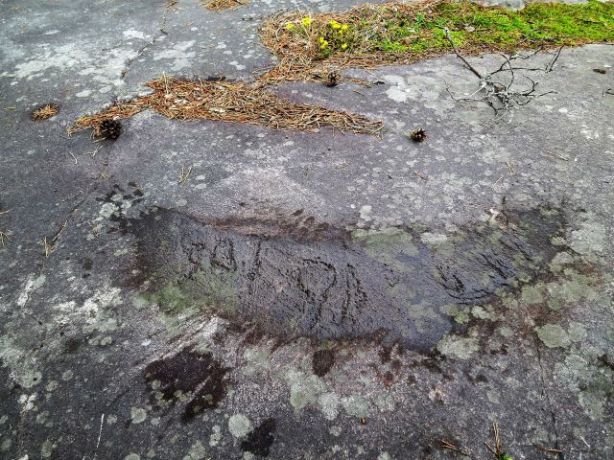
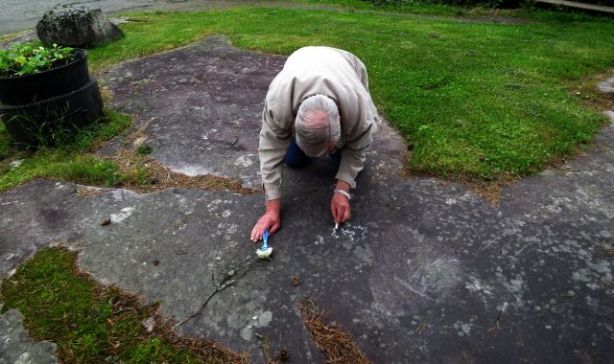

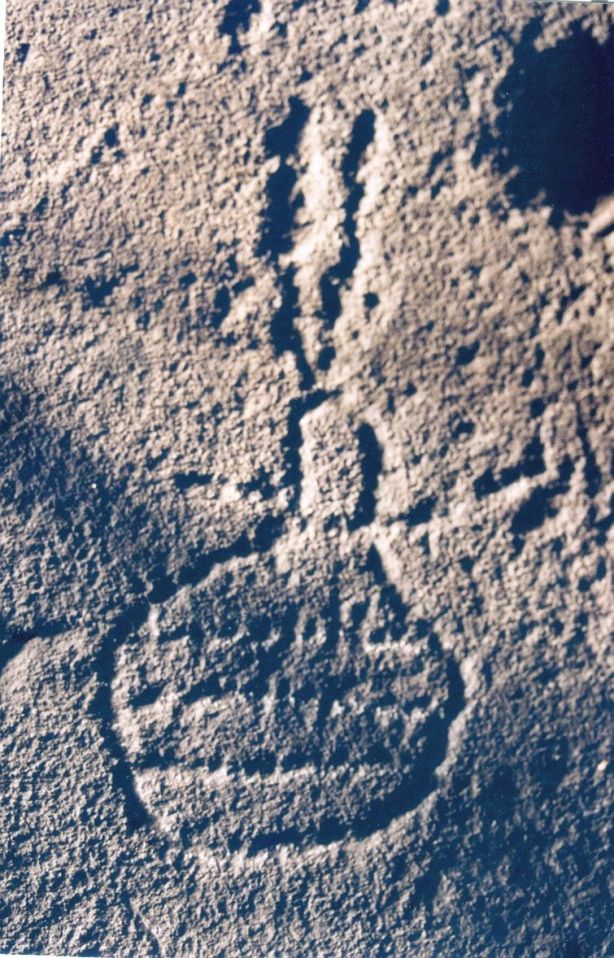


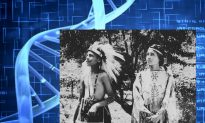
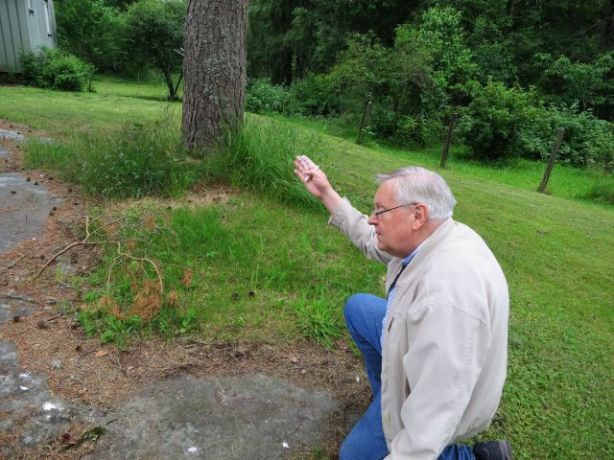
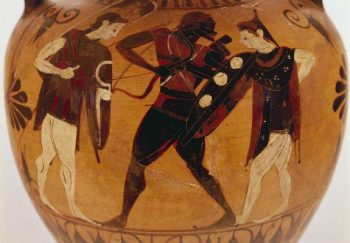




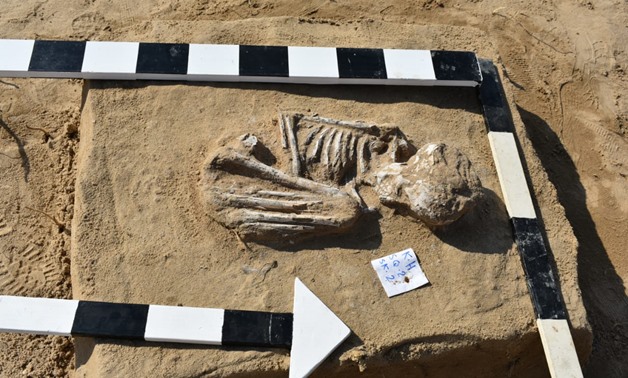
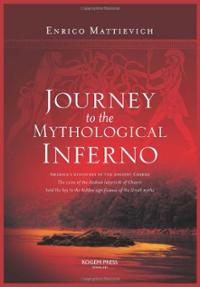


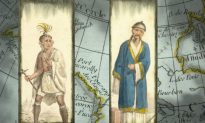
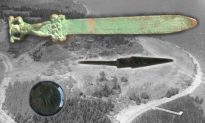
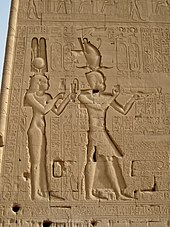

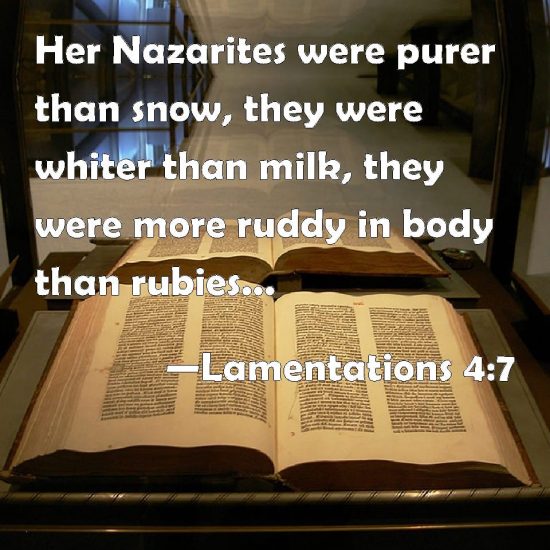


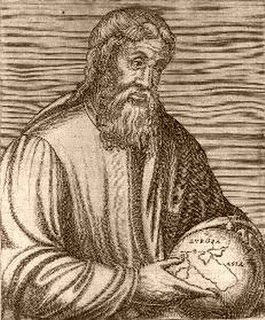



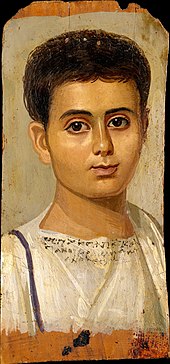
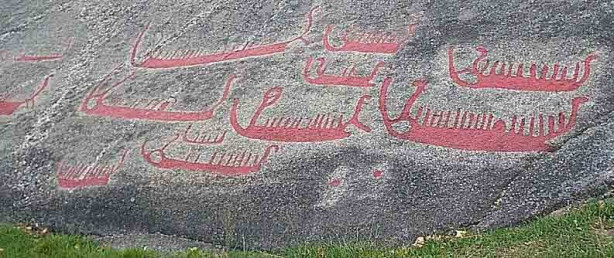

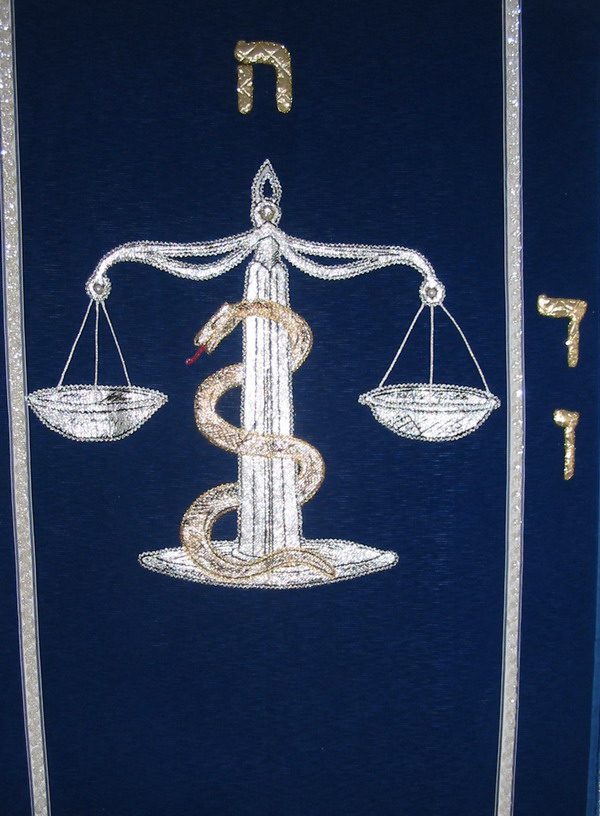
 Posted in
Posted in  Tags:
Tags: 
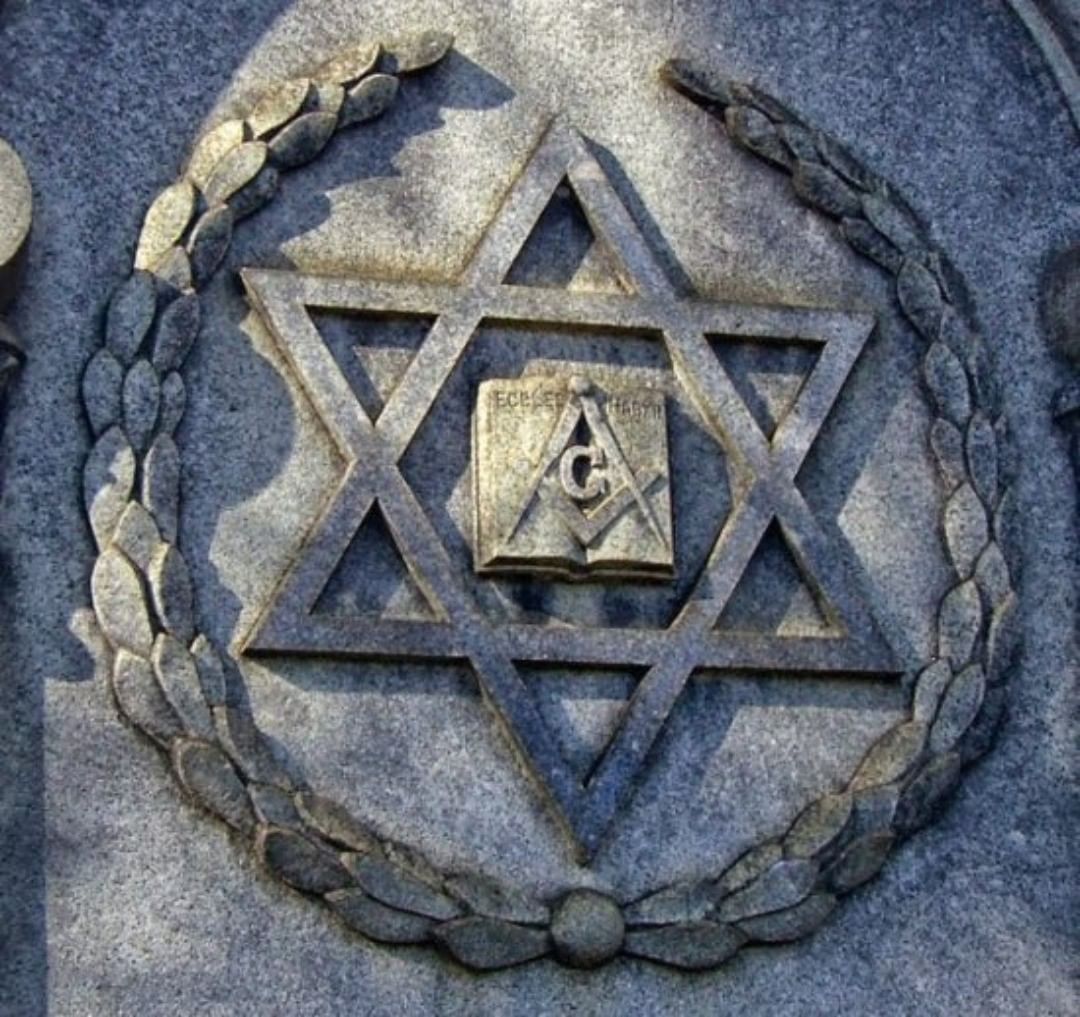













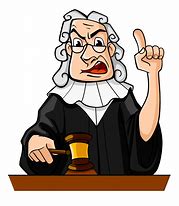


look for
“the ancient hebrew lexicon of the bible” from Jeff Benner, free pdf
hebrew letters, words & roots defined within their ancient cultural context
imo, this is the “original language”
hebrew letters = rotated greek letters, merely written from right to left
look for “79 A.D. no more: Pompeii got buried in 1631”
on stolenhistory . org
fake HIStory & scripted reality
ancient Rome = ancient Greece = ancient Egypt = ancient Babylon
= all the same Old Empire
being destroyed since the 1600’s, many earthquakes (deliberately provoqued with DEW) in the 1700’s and installation of the parasitic actual system in the 1800’s
please note:
the common denominator of ALL S.Th.N.ists = gender INVERSION since birth
study anatomy & ye shall recognize your enemy
Really far fetched… I am not lover of the cockroaches that call themselves ‘Jews” (the khazarian vermin), but it’s really far fetched.
The author must be Greek.
You know the Basques have made a book saying they discovered America and since they were fishing in the North Atlantic even before the Vikings, it’s probably the case.
The Celts too used Greek for their writings…
Doesn’t make them Greeks…